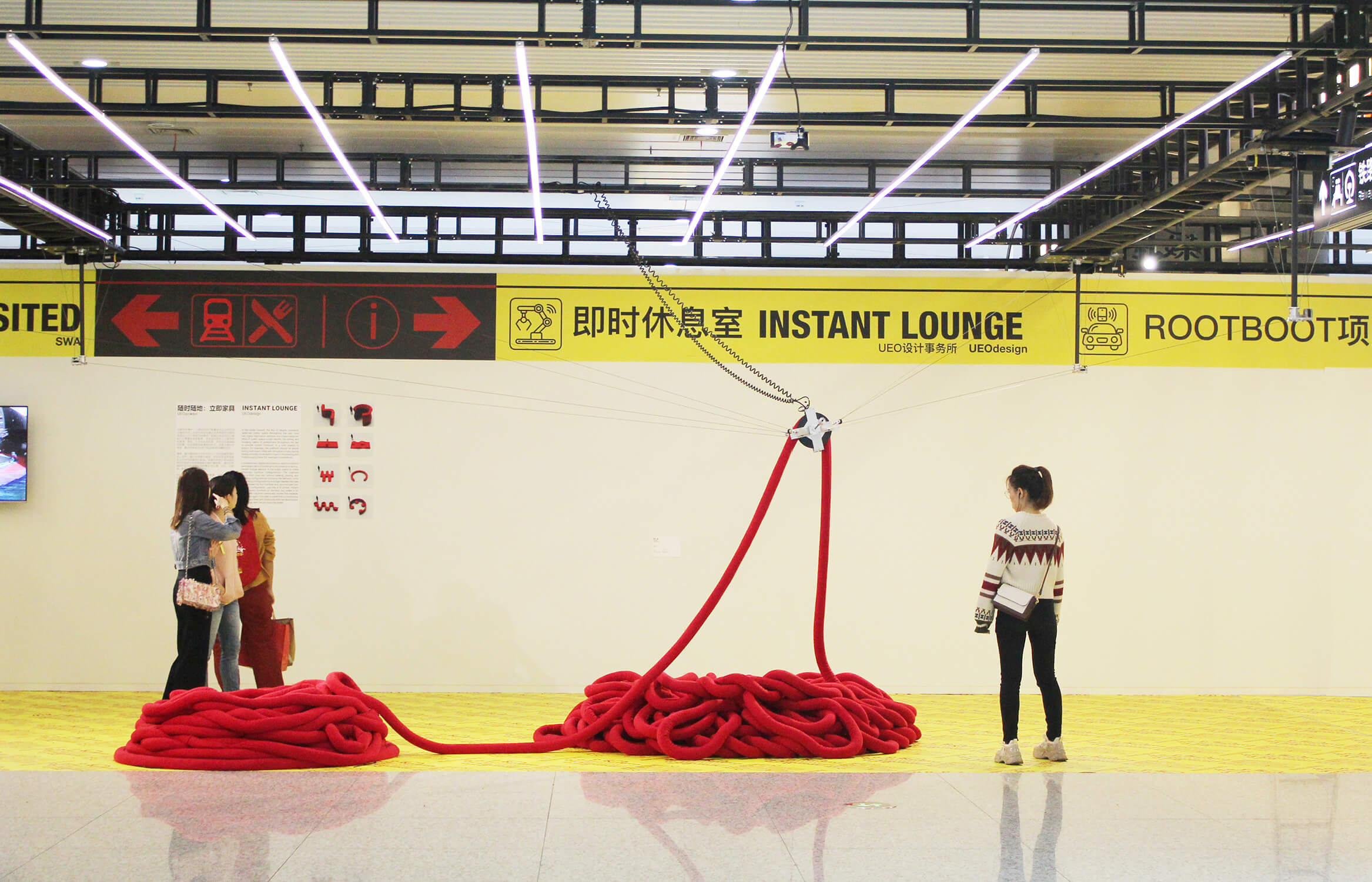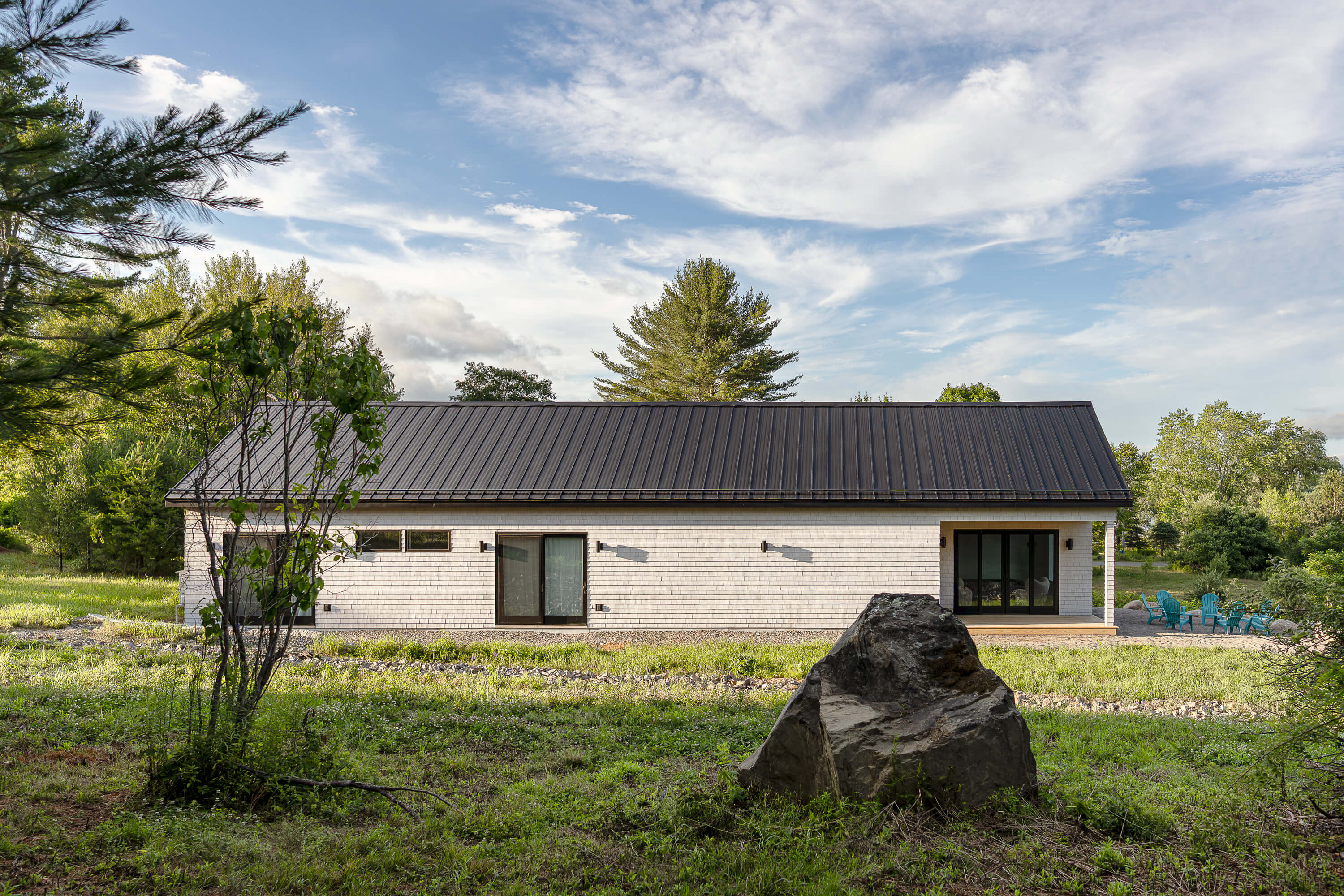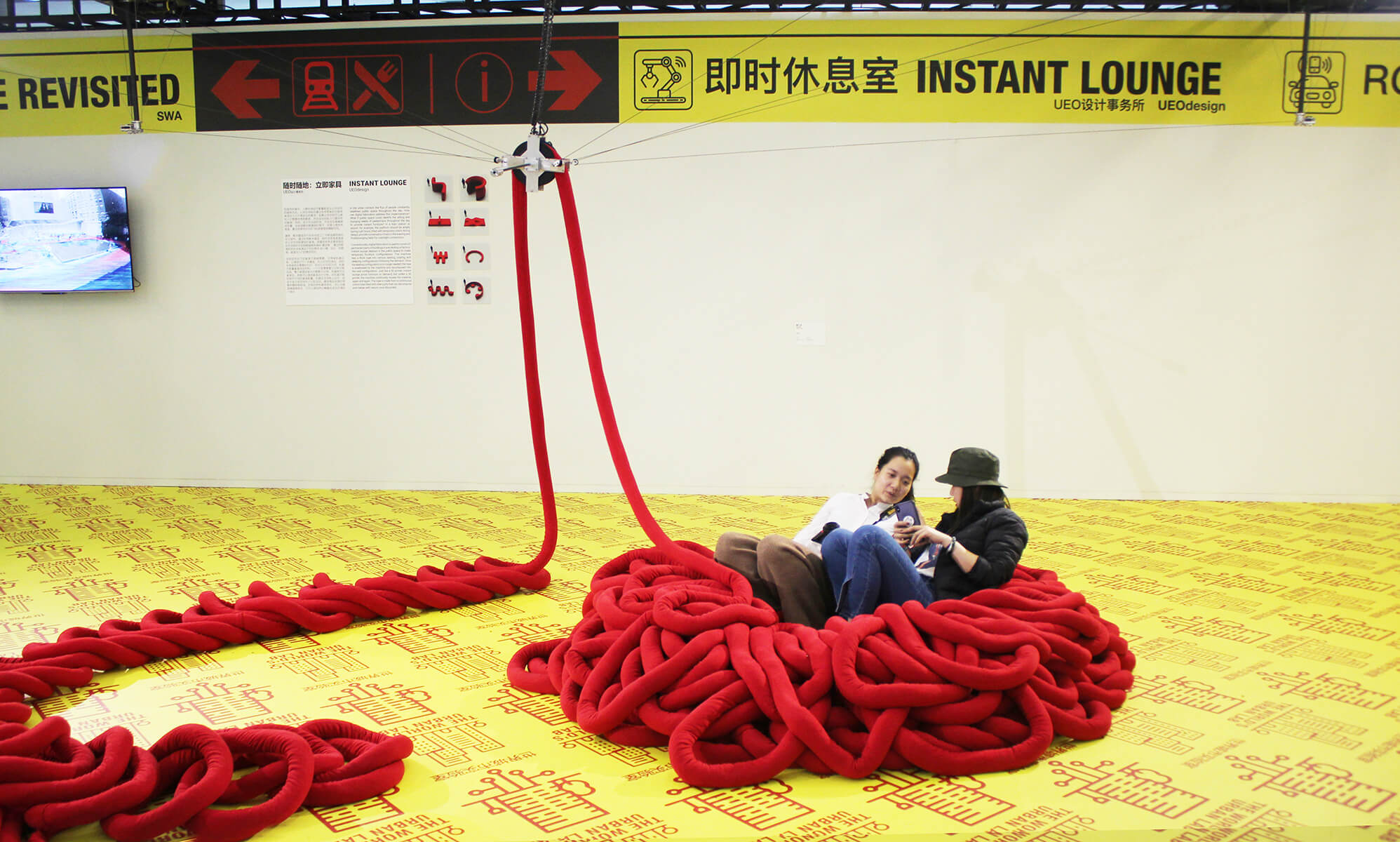
Instant Lounge
In the urban context, the flux of people constantly redefines public space throughout the day. How can digital fabrication address this impermanence? What if public space could identify the sitting and lounging needs of pedestrians throughout the day to provide instant furniture? A train station platform or an airport terminal, for example, can be empty during rush hours to allow for free-flowing human traffic. However, it should be filled with seating during delays, provide adequate furnishings for conversations and meals in the evening, and lounging beds for overnight connections. “Instant lounge” can formally engage these daily scenarios without waste.
Conventionally, digital fabrication is used both as a desktop feature that facilitates rapid prototyping, and in much larger settings, such as workshops and factories, to construct permanent parts of buildings, cars, machinery, etc. The concept of quickly testing ideas embedded in the former, and that of inhabitation in the latter, are divorced in this dichotomy of scales. “Instant lounge” is a reconciliation of the two, wherein impermanence plays a key role. Deployed in the public space to make temporary furniture configurations, the machine responds to the ever-changing conditions created by dynamic dwelling hence making evolving spatial concepts instantly inhabitable.
Lounge & Machine

The Center Head

Rope and Weight

Node

Movement of Machine and People

ShenZhen Biennale

Rope & Seed

Machine Details

Lounge & Machine
"Instant Lounge” is a cable machine that is anchored into a ceiling at four nodes which allow it to be scaled to various size spaces. The machine lays a thick rope into various seating, playing, and sleeping configurations that respond to demand. Once a seating configuration is no longer needed, the machine collects the rope and composes a new configuration. Similar to a 3D printer, “Instant Lounge” layers material to build, but unlike a 3Dprinter, the machine continually reuses the same material. The rope is made from a continuous cotton tube filled with may bush pits that can decompose and merge with the natural environment after being discarded. The life cycle of the rope spans approximately three years
.jpg)
The Center Head
The central head functions as a two-way pulley system, adjusting the rope from one end to the other. It first operates on one side to create the initial form, and once that form has served its purpose, it rotates to the opposite end to transform the old shape into a new one using the same rope.
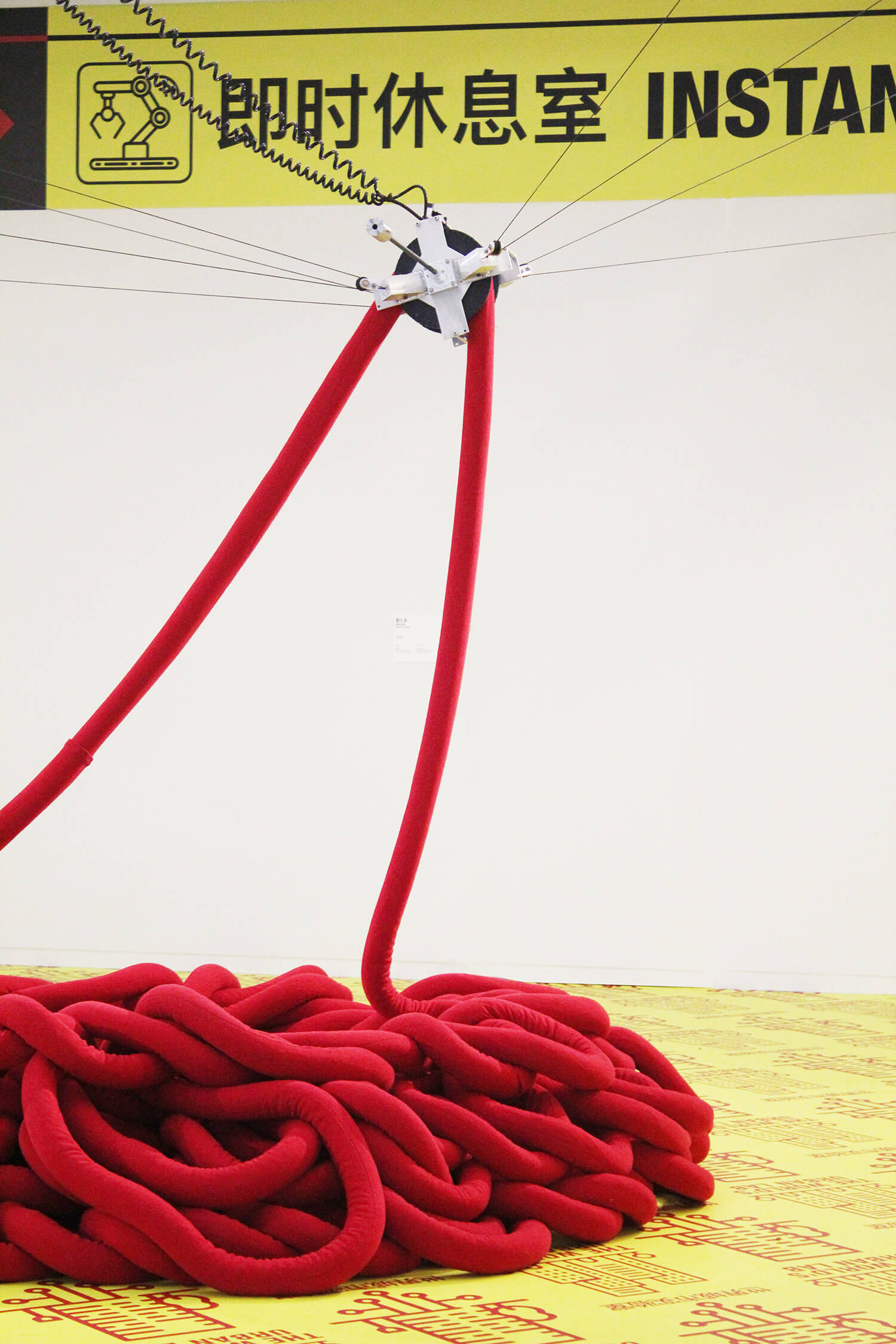
Rope and Weight
The rope is coiled and held in place by its own weight, totaling 0.5 tons due to its filling of fruit pits. Wrapped in red velvet fabric, the rope forms a dense, tactile structure that combines softness with substantial mass.
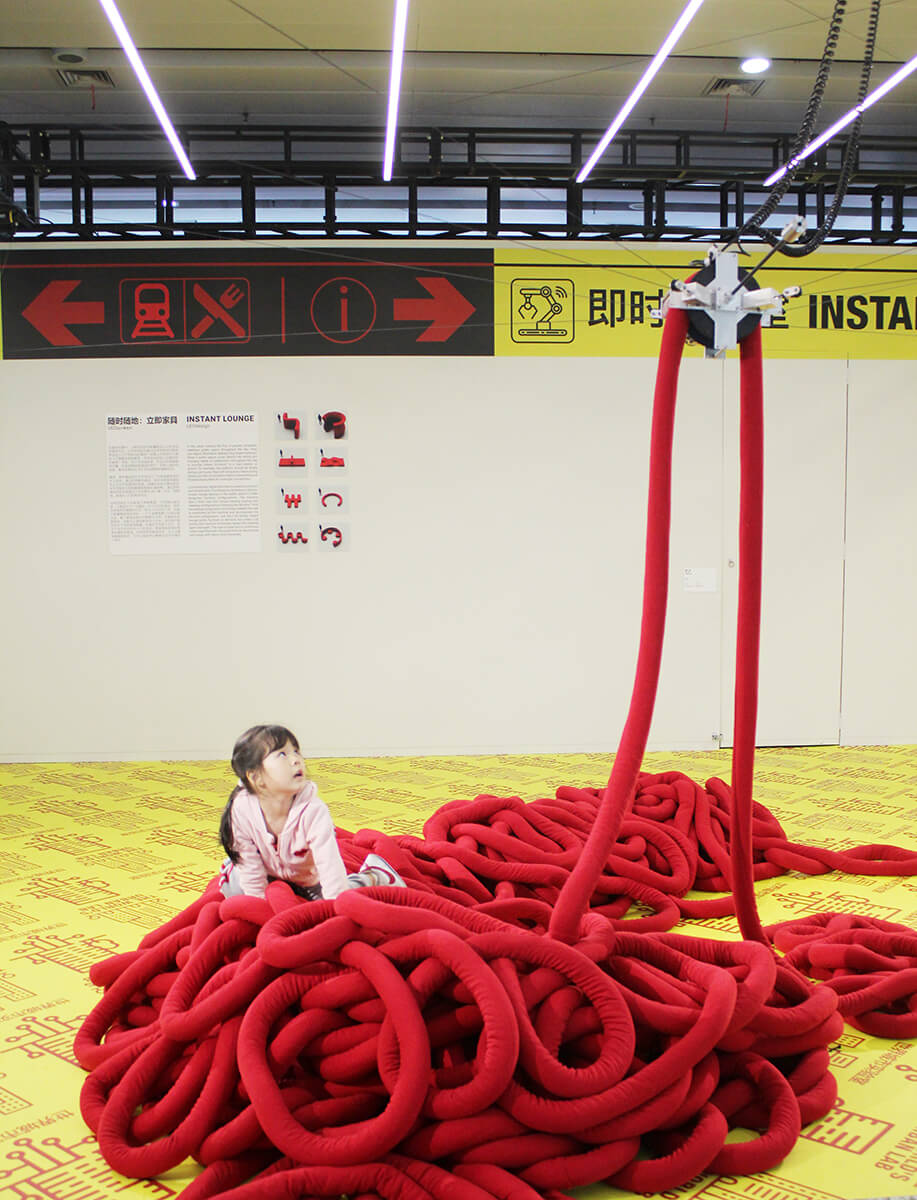
Node
The machine is anchored on four nodes within the room, directing the movement of its central head through a cable-driven system. Gabriel custom-programmed the 5-axis machine using a robotic controller sponsored by Galileo

Movement of Machine and People
The Instant Lounge shifts and transforms its shape throughout the day, responding to the ebb and flow of people who pause, sit, and pass by. Human movement overlaps with the machine’s motion, creating a dynamic dialogue between body and structure.
.jpg)
ShenZhen Biennale
Instant Lounge was exhibited as part of the Shenzhen Architecture and Urbanism Biennale.Spanning roughly 20 by 20 feet, the installation occupied the space as both structure and performance.
.jpg)
Rope & Seed
The rope is filled with fruit pits, conceived so it can be safely discarded in nature and return as part of the landscape. The drawing reflects on the layers of time, illustrating how the material itself can decompose and transform back into life.
.jpg)
Machine Details
The machine was custom-designed by the team using Onshape. It was milled in collaboration with a local machinist in Zhuhai, China, and developed through a process of design testing and prototyping with 3D printing.
.jpg)

